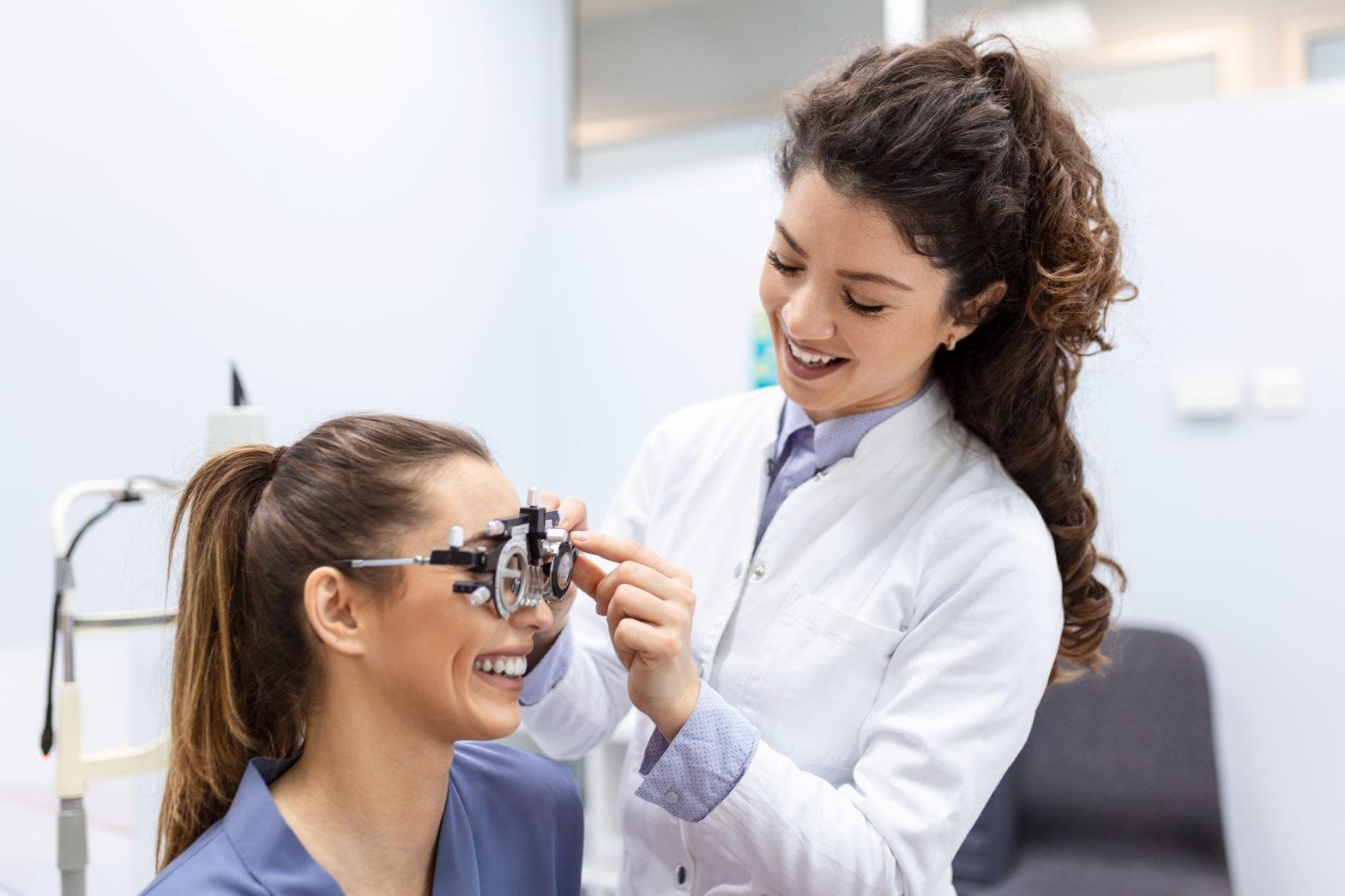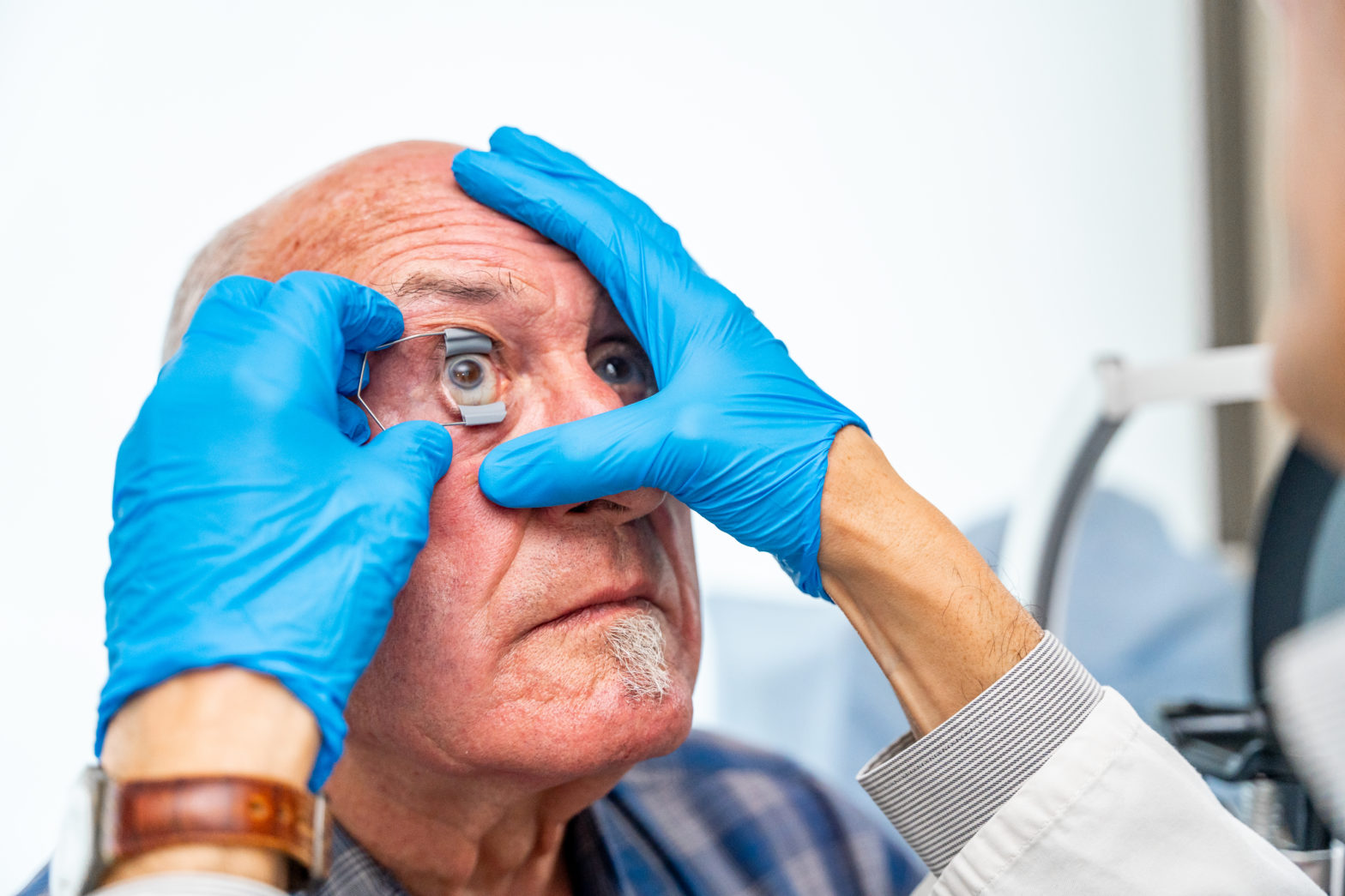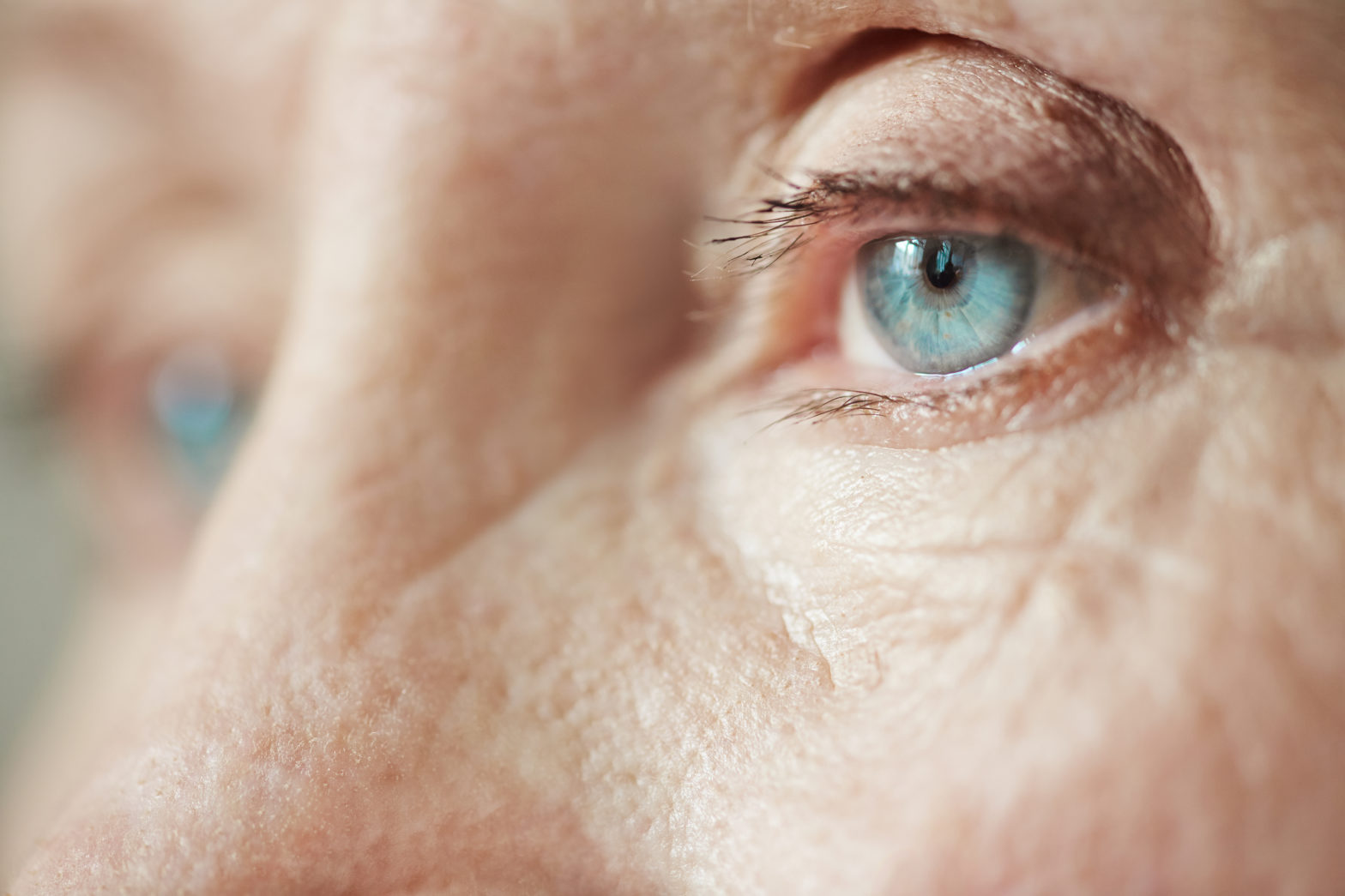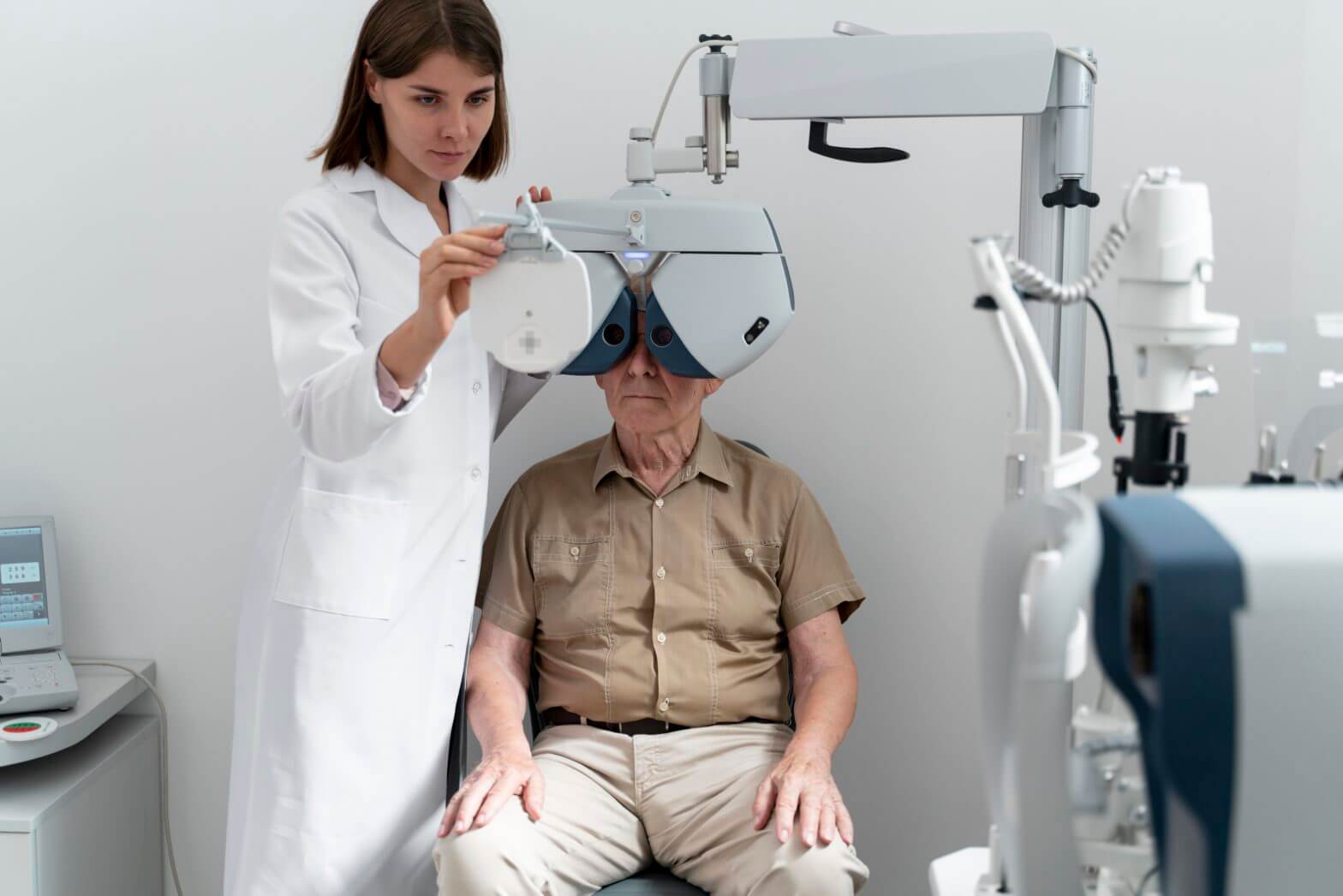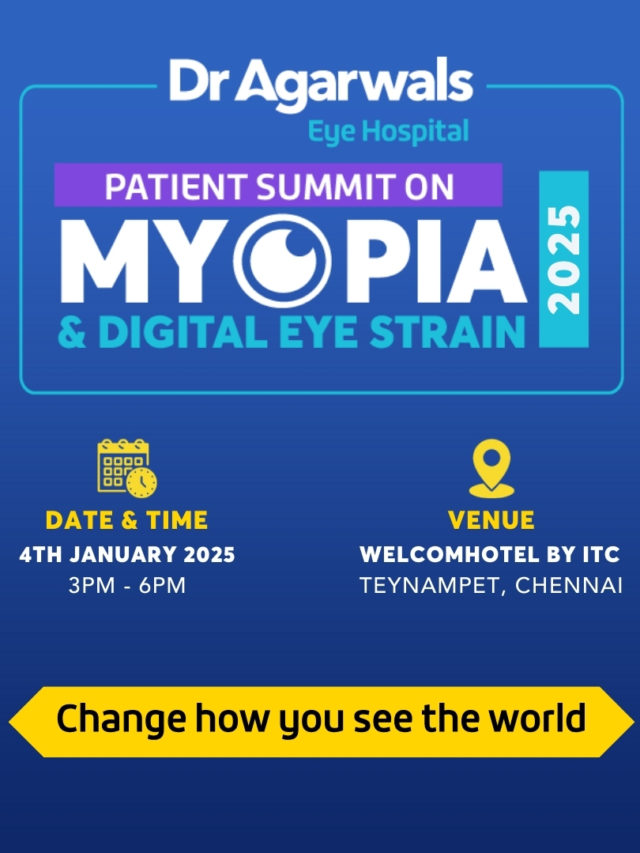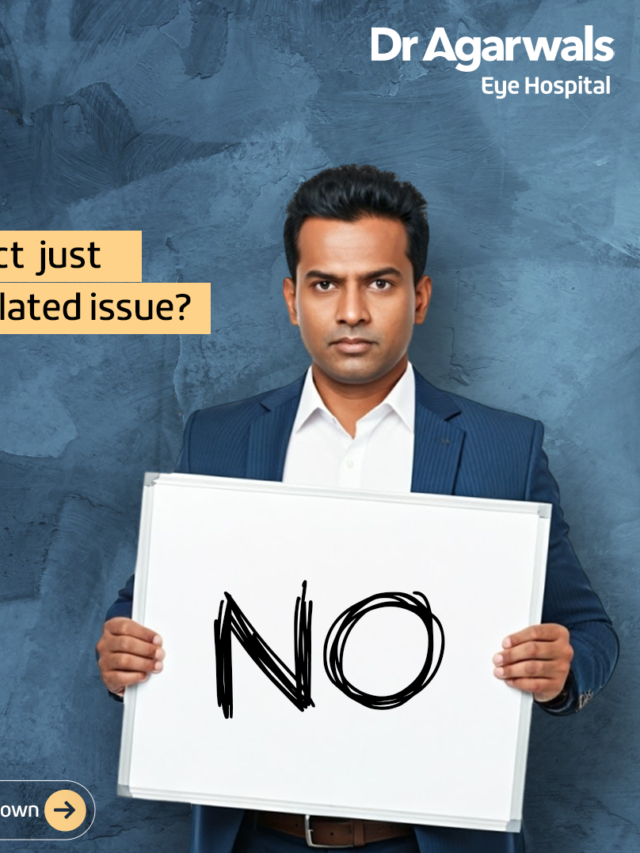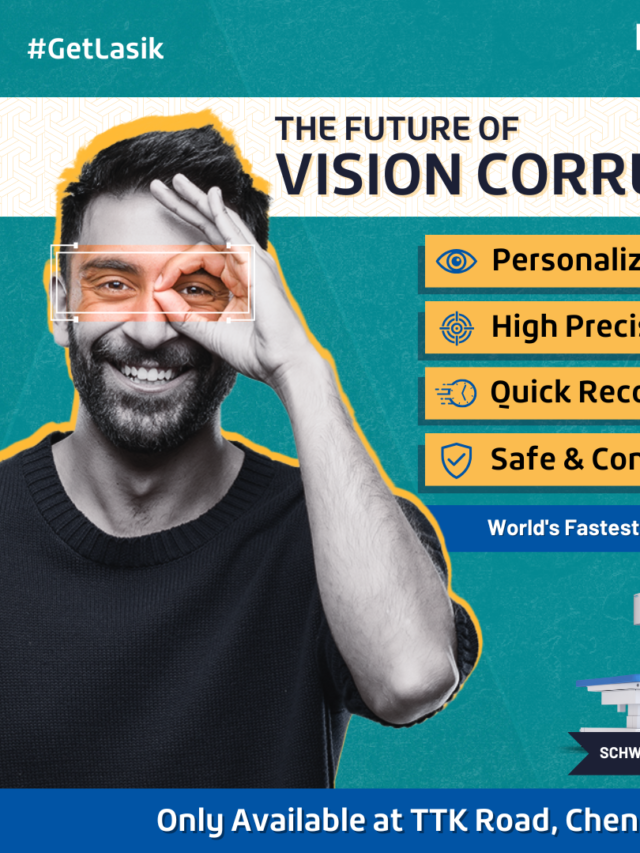గ్లాకోమా is a serious eye condition that often progresses without noticeable symptoms until significant damage has occurred. It is known as the “silent thief of sight” because it typically develops slowly over time and can lead to permanent vision loss if left untreated. Early detection is crucial for preserving vision, and understanding the early signs and symptoms can make all the difference in preventing irreversible damage.
In this blog, we’ll cover the most common early signs and symptoms of glaucoma, the types of glaucoma, risk factors, and the importance of regular eye exams in managing the condition.
గ్లాకోమా అంటే ఏమిటి?
గ్లాకోమా is a group of eye conditions that damage the optic nerve, which is essential for good vision. This damage is often caused by abnormally high pressure in the eye, known as intraocular pressure (IOP). Over time, increased pressure can wear down the optic nerve, leading to vision loss. If left untreated, glaucoma can cause permanent blindness.
While there are several types of glaucoma, the two most common are:
-
Primary Open-Angle Glaucoma (POAG): The most common form, characterized by the gradual clogging of drainage canals, leading to increased eye pressure.
-
Angle-Closure Glaucoma: Less common but more dangerous, this occurs when the drainage canals are blocked or become narrow suddenly.
Early Signs of Glaucoma
The early signs of glaucoma can be subtle and often go unnoticed until the condition has progressed. However, there are some early symptoms that can serve as warning signals. Let’s break them down:
1. Gradual Loss of Peripheral Vision
One of the earliest signs of glaucoma, particularly in primary open-angle glaucoma, is a slow loss of peripheral vision. You might notice that your side vision is diminishing, while your central vision remains sharp. This gradual vision loss often goes unnoticed until a significant amount of peripheral vision has been lost.
Patients sometimes describe it as looking through a tunnel, with everything around the center of the view becoming dimmer or blurry.
2. Eye Pain and Discomfort (Particularly with Angle-Closure Glaucoma)
Angle-closure glaucoma can present more noticeable and sudden symptoms. Eye pain, accompanied by a headache, nausea, or even vomiting, can signal a rapid increase in eye pressure. This pain occurs when the iris is pushed forward and blocks the drainage angle of the eye.
The discomfort can vary in intensity but should not be ignored, especially if accompanied by other symptoms.
3. అస్పష్టమైన దృష్టి
Blurred or hazy vision is another common early symptom of glaucoma, particularly in cases of acute angle-closure glaucoma. It may appear suddenly or gradually worsen over time. This could occur in both eyes or just one, depending on the type of glaucoma.
In open-angle glaucoma, blurred vision might develop gradually, whereas angle-closure glaucoma could cause a sudden and severe drop in vision clarity.
4. Halos Around Lights
Seeing halos or rainbow-colored circles around bright lights, especially at night, can be a sign of glaucoma. This symptom is more common in angle-closure glaucoma due to the elevated eye pressure causing corneal swelling. Halos appear as glowing rings around lights, such as streetlights or car headlights, and may be more pronounced in dimly lit conditions.
5. Redness in the Eye
Eye redness can indicate inflammation or an increase in intraocular pressure, especially in cases of angle-closure glaucoma. The redness is often accompanied by pain and other visual disturbances. However, redness alone may not always signal glaucoma, as it can be caused by various other conditions, such as conjunctivitis or dry eyes. If redness persists and is paired with other glaucoma symptoms, it’s crucial to seek immediate medical attention.
6. Headaches and Eye Strain
Frequent headaches and eye strain, particularly in dim lighting or while focusing on screens, could be warning signs of elevated intraocular pressure. These symptoms might seem mild or even normal, but if they become regular, it’s essential to consult an eye care professional.
Headaches due to glaucoma are often more severe in angle-closure glaucoma but can also be present in milder forms of the condition.
7. Difficulty Adjusting to Darkness
People with glaucoma might notice that their eyes take longer to adjust to changes in lighting. For example, entering a dimly lit room from a bright space might cause temporary vision impairment. This difficulty is related to the loss of peripheral vision and the overall decline in eye function.
8. Frequent Changes in Prescription Glasses
If you find yourself needing to change your eyeglass prescription frequently without noticeable improvement in vision clarity, it could be a sign of glaucoma. While changes in prescription are normal over time, a rapid increase in the frequency of adjustments should raise concern.
Risk Factors for Glaucoma
While glaucoma can affect anyone, certain risk factors can increase the likelihood of developing the condition. Being aware of these risk factors can help you stay vigilant about eye health:
-
వయస్సు: People over the age of 60 are at higher risk.
-
కుటుంబ చరిత్ర: A family history of glaucoma increases your risk.
-
వైద్య పరిస్థితులు: Conditions like diabetes, hypertension, and nearsightedness can increase your chances of developing glaucoma.
-
Race: African Americans, Asians, and Hispanic individuals are more prone to certain types of glaucoma.
-
Trauma to the Eye: Previous injuries to the eye, including surgeries or severe trauma, can elevate the risk.
-
Use of Steroid Medications: Prolonged use of corticosteroids, especially eye drops, can increase intraocular pressure.
The Importance of Regular Eye Exams
Early detection of glaucoma is crucial in preventing vision loss. Since symptoms are often minimal or nonexistent in the early stages, regular eye check-ups are the best way to catch the disease before it progresses. A comprehensive eye exam can detect elevated intraocular pressure and assess the health of your optic nerve.
Diagnostic Methods for Glaucoma
Eye specialists use several tests to diagnose glaucoma, including:
-
టోనోమెట్రీ: Measures intraocular pressure.
-
ఆప్తాల్మోస్కోపీ: Allows the doctor to view the optic nerve.
-
చుట్టుకొలత: Tests peripheral vision to detect vision loss.
-
గోనియోస్కోపీ: Examines the drainage angle of the eye.
-
పాచిమెట్రీ: Measures corneal thickness, which can affect intraocular pressure readings.
చికిత్స ఎంపికలు
While there is no cure for glaucoma, there are several treatments that can slow its progression and protect your vision. These include:
-
Prescription Eye Drops: Help reduce intraocular pressure.
-
నోటి మందులు: Sometimes prescribed to further lower pressure.
-
లేజర్ చికిత్స: Can improve drainage in open-angle glaucoma.
-
సర్జరీ: In severe cases, surgical procedures are available to create new drainage channels in the eye.
Prevention Tips for Glaucoma
Though you cannot prevent glaucoma entirely, you can reduce the risk of severe vision loss through the following measures:
-
Regular Eye Check-ups: Get an eye exam every one to two years, especially if you’re over 40 or have risk factors.
-
Protect Your Eyes: Wear eye protection to prevent injuries.
-
క్రమం తప్పకుండా వ్యాయామం: Moderate exercise can reduce eye pressure.
-
Use Medications as Prescribed: If diagnosed, ensure you follow your treatment plan to keep your glaucoma under control.
Glaucoma is a serious eye condition that can cause irreversible vision loss if left untreated. Understanding the early signs and symptoms, such as gradual loss of peripheral vision, eye pain, blurred vision, and halos around lights, can help you seek medical attention before significant damage occurs. Regular eye exams are essential for early detection and effective management.
At Dr Agarwals Eye Hospital, we offer comprehensive glaucoma screenings and treatment options to help you protect your vision. If you or a loved one are experiencing any of the symptoms mentioned, don’t hesitate to schedule an appointment with our expert ophthalmologists.
Your vision is precious—don’t wait for symptoms to worsen before seeking help.

